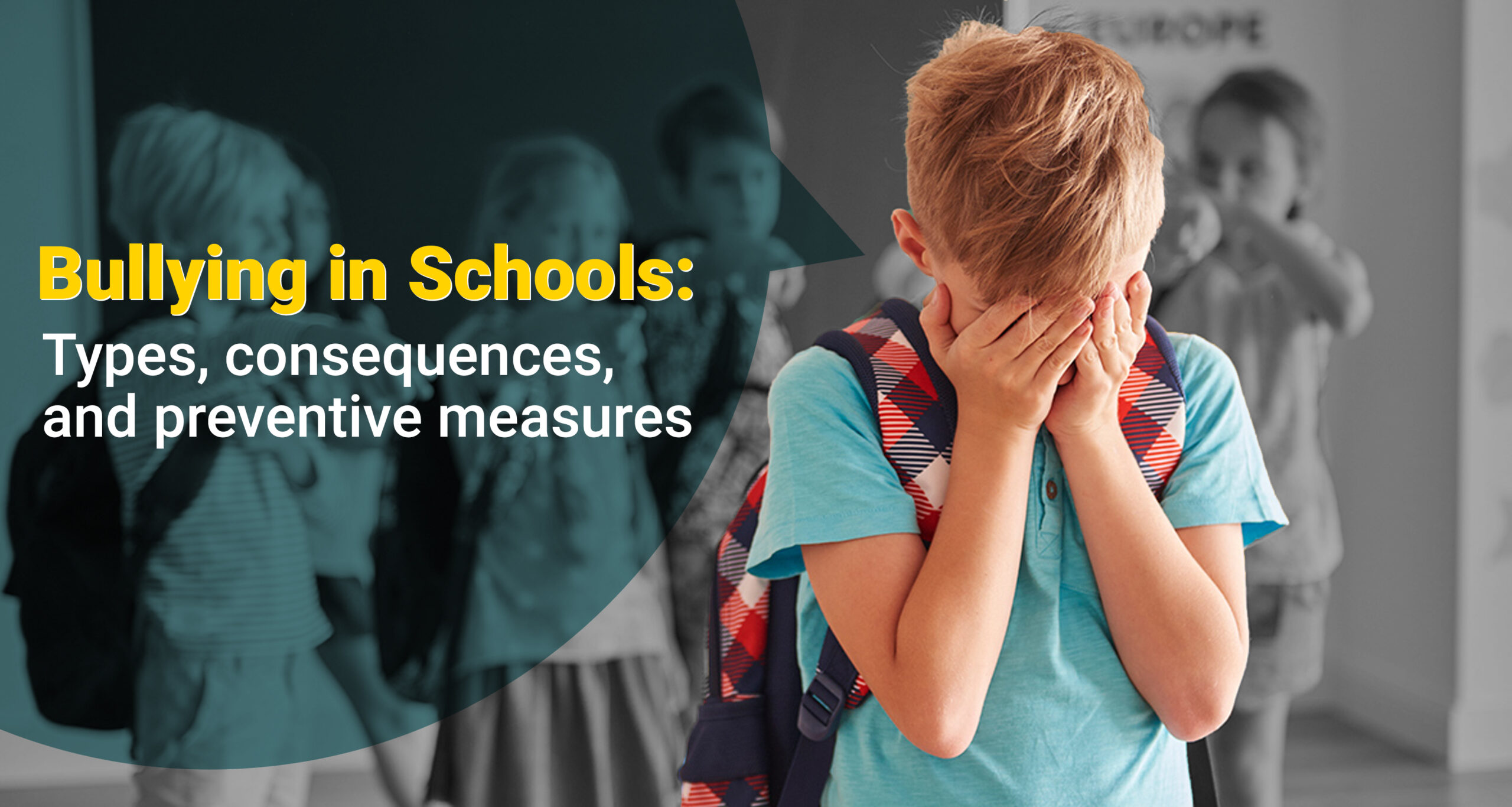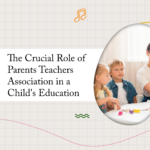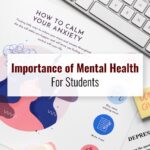
Bullying in Schools: Types, consequences, and preventive measures
Bullying is a severe act of aggressive behaviour showcased over targeted individuals that are repetitive over a period. The imbalance of power gives an upper hand to one particular group that eventually becomes a nightmare for others. Bullying is prevalent in several places. However, it is more rampant in schools. Bullying in schools tremendously impacts the lives of students in a negative light. The impacts take the form of physical and psychological trauma. Students who end up being victims of bullying feel insecure and powerless. Research also shows that bullying in schools increases more during late childhood to early adolescence, especially during middle school.
Bullying can be of several types. Let us dive into common types of Bullying.
1. Direct and indirect Bullying: Direct bullying refers to direct harm or attack on the victim, such as hitting the person. Indirect Bullying, on the other hand, refers to indirect harm to the victim, such as acts of spreading rumors.
2. Cyber Bullying: This type of bullying happens online. Directing hurtful comments on a personal site is one example.
3. Physical Bullying: It involves torture committed through physical contact. This can take the form of a hand-to-hand fight or tripping the victim.
4. Emotional Bullying: It involves cultivating methods to hurt the victims emotionally. Saying hurtful things, insulting, ganging on an individual, and spreading rumors are common.
Consequences of Bullying in Schools
Bullying, especially during school years, can have a long-lasting impact. Students who undergo bullying are likely to deliver poor academic performance. They also refrain from participating in school activities. This often results in longer absenteeism. A 2016 National Center for Educational Statistics survey states that 14% of bullied students struggle academically. Concerning the emotional impact, the students fall prey to developing low self-esteem, depression, insomnia, and suicidal thoughts. In addition, they are likely to suffer health issues such as headaches and stomach aches.
Bullying also impacts the family and classmates of the bullied. The parents and family members, trapped under feelings of helplessness and confusion, might also experience anxiety, stress, and depression. They become protective of their children. Friends or classmates of the bullied student may feel powerless or guilty because they may fear becoming the next target.
These consequences can rip a family apart by pushing them into a terrifying state. Hence, it becomes highly essential for the teachers and school administrations to intervene and prevent long-term harm to students. One confident step in creating a positive school environment will make a big difference.
How can teachers and administrators ensure a positive school climate?
A positive school climate goes a long way in preventing bullying in schools.
- From the initial stage of their lives, students should learn to be kind to others, empathize and be open to the perspectives of others by understanding them emotionally.
- Teachers and administrators should be constantly vigilant. They should recognize the warning and bullying signs and nip them in the bud to avoid future distress.
- A school or classroom should feel more like a community. When every student becomes a part of a larger community, the very possibility of differentiating and bullying will cease.
- Labelling a child as a bully will only worsen the situation. Parents and teachers should instead identify the bullying behaviours and not who the bully is.
- If a school is engulfed in acts of bullying, it is necessary for an administration to come up with rules that cover positive terms and are more age-appropriate.
- Teachers should make a point to reward positive behaviour.
- Communication is the key to preventing acts of bullying. When students realize they are a part of the community and feel like their voices are heard, they will more likely express themselves verbally and report bullying.
- It is necessary to identify areas of the school where frequent bullying incidents take place and have the school staff patrol the area.
- The authorities should listen to what the students say and be involved in the happenings at school.
- It is necessary on the part of the school authority to take appropriate actions. These actions should come up as steps to prevention. Identifying the situation and brainstorming causes is a must.
 AIR CONDITIONED
AIR CONDITIONED




